Review of the intraoperative management and hemodynamic goals for patients with aortic stenosis, mitral stenosis, aortic insufficiency, and mitral valve regurgitation.
Diagnostic considerations for asymptomatic patients who present in the outpatient setting with known or unknown disease (auscultatory exam / preoperative echocardiogram)
The objectives of this course are:
- An increased understanding of virtual reality (history, science)
- General healthcare applications of virtual reality
- Applications of virtual reality in anesthesia
Speaker information coming soon
This presentation will introduce new medications, discuss their pharmacologic properties, and dive into clinical applications useful for the Dentist Anesthesiologist.
Attendees will come away with an introduction to the following novel medications:
- BYFAVO® (Remimzolam): a new sedative with an ultra-short half-life that will improve safety of moderate sedation in dentistry.
- CLEVIPREX® (Clevidipine): A fast-acting, ultra-short half-life dihydropyridine calcium channel blocker used to rapidly reduce systolic blood pressure within two minutes of initial dosing.
- DSUVIA® (Sublingual Sufenanil): an enteral form of sufentanil FDA approved for management of moderate to severe pain.
- EXPAREL® (Liposomal Bupivicaine): Bupivicaine encapsulated in multivesicular liposomes injected locally for long lasting post-surgical pain management.
- AKYNZEO® (Netupitant/Palonosetron): An anti-nausea medication for treatment of chemotherapy induced nausea and vomiting utilizing both a NK-1 receptor antagonist and a 5-HT3 receptor antagonist in one pill or injectable.
An introduction to perioperative alternatives to opioids for general anesthesia, and a discussion of how reduced opioid use impacts patient care.
Attendees will come away with:
- Understand and identify reasons to minimize opioids perioperatively
- Identify alternative intraoperative anesthetic plans to decrease the use of opioids
- Identify potential patient candidates for opioid free and reduced anesthesia
- Identify alternative pain management strategies to opioids
- Understand how opioid-free and opioid-reduced anesthesia can contribute to Enhanced Recovery After Surgery (ERAS)
It’s 1987 and the term virtual reality was coined. Thirty-three years later, this technology is still young. What is this used for other than gaming and how can you apply it to anesthesiology?
Attendees will come away with:
- An increased understanding of virtual reality (history, science)
- General healthcare applications of virtual reality
- Applications of virtual reality in anesthesia
The COVID-19 pandemic has shifted the landscape of anesthesia care to involve telehealth, a tool that includes phone- and video-conferencing. Traditionally, pre-anesthesia consultations involve in person medical history-taking; laboratory testing or investigations; focused physical examination; and referral to other medical services to optimize the patient’s health prior to anesthetic procedures. The transition to incorporate virtual visits for not only patients living in rural and remote areas, but also local patients, prompts anesthesiologists to adapt their traditional practices to a new digital platform.
This lecture highlights best practices for virtual pre-anesthesia consultations.
The objectives of this course are:
- Review the components of traditional pre-anesthesia consultation
- Define telehealth and virtual anesthesia consultation
- Identify the advantages, challenges, and limitations of virtual visits
- Examine how current best practices of telemedicine may be adapted to anesthesia practice
- Develop best practices for virtual pre-anesthesia consultation
Dr. Michelle Wong, Assistant Professor of Dental Anesthesiology at the University of Toronto’s Faculty of Dentistry, is a dental anesthesiologist who obtained her Doctor of Dental Surgery degree in 2010, Master of Science in Dental Anesthesia in 2014, and Doctor of Education in Educational Leadership in 2020. Dr. Wong is a Diplomate of the American Dental Board of Anesthesiology. She performs special care dentistry and anesthesia in an active hospital practice at Sunnybrook Health Sciences Centre’s Department of Dental Maxillofacial Sciences and in private practices in the Greater Toronto Area.
Dr. Andrea Fonner is a Diplomate of the American Dental Board of Anesthesiology (ADBA). She is the incoming President of the ADBA and has served as a board examiner and primary contributor for several years. She served as Chair and co-author of the American Society of Dentist Anesthesiologists (ASDA) Interim Guidance for the office-based setting during the COVID-19 pandemic and helped compose the model legislation document sponsored by the ASDA.
Her passion is teaching dentists around with world about ways to improve patient safety. She is the co-creator of the Anesthesia Research Foundation’s Ten Minutes Saves a Life!® emergency application and manual, which is the only cognitive aid that exists for dentistry and is used all around the world. She is the Co-Director of the High-Fidelity Human Simulation course sponsored by the American Dental Society of Anesthesiology (ADSA) and is the Co-Director for the Oregon Academy of General Dentistry Parenteral Moderate Sedation course. She serves as the President of the Washington Society of Anesthesiology and sits on the Board of Directors for the ADSA. She is the President and Co-Founder of the Washington State Society of Mobile Dental Anesthesia (WSSMDA).
Dr. Fonner maintains a private mobile practice in Bellevue, Washington. The best part of each day is spending time with her husband, Matt, and their beautiful identical twin girls, Lauren and Charlotte.
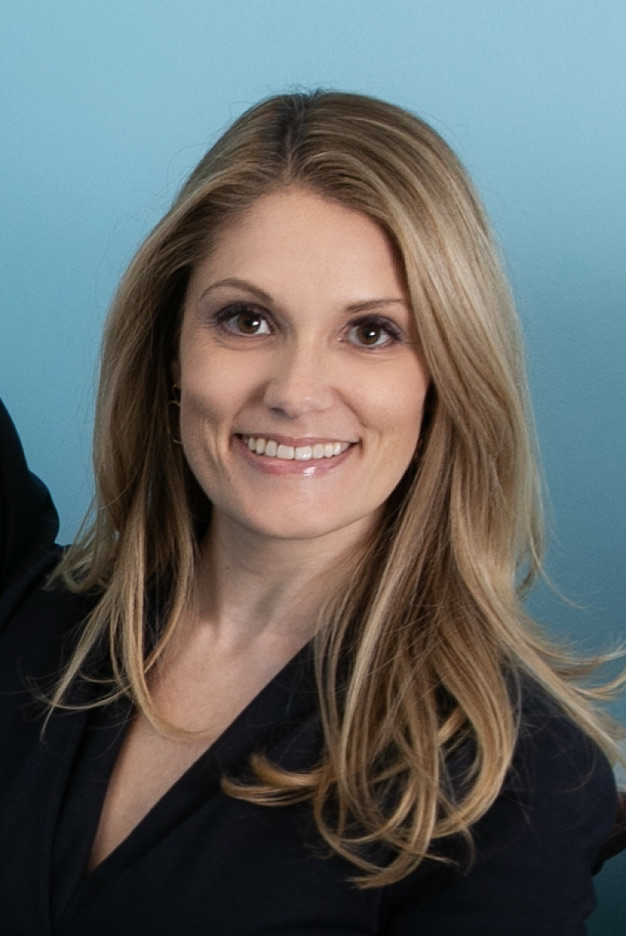
This session will be an amazing opportunity to teach and learn as a community through a live interactive panel discussion with our Dentist Anesthesiologist experts Dr. Andrea Fonner, Dr. Steve Ganzberg and Dr. Joe Giovannitti.
Join us to see how some of our esteemed colleagues approach interesting cases. These may be cases that may not be appropriate to be treated in the office and/or patients with complex medical issues.
Dr. Naftalin is a ADBA board-certified dentist anesthesiologist who provides hospital-quality anesthesia and sedation services in dental offices through his mobile anesthesiology practice. He earned his DDS degree from the Herman Ostrow School of Dentistry at USC and completed a general practice residency at the Veteran’s Administration in West Los Angeles. He then completed the UCLA Dental Anesthesia residency.
He teaches part time at the UCLA School of Dentistry in both the dental anesthesia and pediatric dental departments, where he trains future dentist anesthesiologists. He is treasurer of the American Society of Dentist Anesthesiologists. He serves on the board of the California Society of Dentist Anesthesiologists and the California Dental Society of Anesthesia. He is past president and former editor for the Southern California Society of Dentistry for Children.
Dr. Naftalin is dedicated to a program that provides anesthesia for dental patients with special needs in Nicaragua. Without this program these patients would have no access to dental care. A sought-after expert, he lectures nationally and internationally on oral sedation, anesthesia and dental office emergency management.
A dedicated family man, he is the proud father to two energetic daughters. As a family, they enjoy beach time, biking, hiking, and skiing in the mountains.

In 1990, Ken Kromash made the decision to move to Chicago to attend a training program in anesthesia for dentists at Illinois Masonic Medical Center. He only expected to stay a year or two at the most. Thirty years later, he is the Program Director of the youngest training program for one of the newest specialties in dentistry. He is honored to be invited to speak to his colleagues at the ASDA Fall Virtual Meeting. Stay safe, be well, and keep fighting!
Dr. Giovannitti is a dentist anesthesiologist and Professor and Chair of the Department of Dental Anesthesiology at the University of Pittsburgh School of Dental Medicine, and the Anesthesia Director of the school’s Center for Patients with Special Needs. He is the recipient of the Leonard M. Monheim Distinguished Service Award from the American Society of Dentist Anesthesiologists and the Jay A. Heidbrink Award from the American Dental Society of Anesthesiology. He has been actively involved in teaching at all levels of dental education, has authored numerous scientific articles, book chapters and a textbook pertaining to pain and anxiety control in dentistry, has lectured at professional seminars nationally and internationally, and is active in national dental anesthesiology professional organizations.

Dr. Ganzberg, Clinical Professor of Anesthesiology at the UCLA School of Dentistry, is a dentist anesthesiologist with over 30 years of experience in pain management. Dr. Ganzberg graduated from M.I.T. in 1977 and the University of Pennsylvania School of Dental Medicine in 1981. He completed his pain management training at New York University and his anesthesiology training and Master’s degree at O.S.U. Dr. Ganzberg is a Diplomate of the American Dental Board of Anesthesiology and the American Board of Orofacial Pain.
Dr. Ganzberg taught at The Ohio State University medical and dental schools for 17 years before coming to UCLA. Dr. Ganzberg is a past president of the American Society of Dentist Anesthesiologists and the American Dental Board of Anesthesiology and past editor of Anesthesia Progress. He is active clinically as Director of Anesthesiology for the Century City Outpatient Surgery Center, a Joint Commission accredited surgery center focusing on dentoalveolar, maxillofacial and facial plastic surgery. He has published over 70 original research articles and book chapters in the field. His research focuses on out-patient anesthesia techniques and clinical pharmacology.

Sickle cell disease (SCD) is the most common group of inherited red blood cell disorders, with a prevalence of an estimated 70,000 – 100,000 individuals in North America, and an additional 3.5 million individuals as heterozygous carriers. At low oxygen tensions, hemoglobin in patients with SCD changes conformation to a sickle shape, which can potentially lead to vaso-occulsive crises. Sequelae of these crises include stroke and cranial symptoms, with 11% of SCD children presenting with overt stroke symptoms and another 30% presenting with silent cerebral infarcts. Anesthetic goals for the perioperative management of these patients are to avoid acidosis, hypotension, hypoxia, infection, hypothermia, vaso-constriction and venous stasis, all of which can precipitate a vaso-occlusive crisis.
The following case describes the successful management of a 12-year-old girl with a past medical history (PMHx) of sickle cell anemia who presented for extraction of several supernumerary teeth and biopsy with enucleation of lower left mandibular cyst under general anesthesia. The use of cerebral oximetry in the intraoperative management of sickle cell patients has not yet to date been described in the literature. Cerebral oximeters such as the INVOSTM Cerebral/Somatic Oximeter (Medtronic) which was used in this case are able to estimate regional tissue oxygenation of the frontal cortex, and therefore detect changes in oxygen supply and demand. Utilization of cerebral oximetry in the intraoperative period, can help provide early recognition of signs of ischemia facilitating early interventions to reduce postoperative morbidity and mortality.
Airway management is one of the most important responsibilities of an anesthesiologist. Some may even argue that anticipating and preparing for a difficult airway is the crux of our role. As advancements are made in surgical procedures and equipment, the anesthesiologist must develop ways to adapt. Fortunately, many tools and techniques already exist in our armamentarium.
According to the American Society of Anesthesiologists’ difficult airway algorithm, the first step is to identify patients who may be difficult to ventilate [1]. More specifically, an aspect of this is determining whether a patient will have a poor mask seal, whether it be due to edentulism, facial hair, or a dentofacial deformity [2]. In this presentation, we evaluate the difficulty of achieving a good mask seal on patients undergoing robotic implant placement with a Yomi robot, in an outpatient ambulatory setting. We demonstrate the process of establishing and securing the airway via nasal-tracheal intubation prior to ventilating patients. A large component of our decision-making is influenced by the requirement of the Yomi technique to insert either an Edentulous Patient Splint (EPS) or a Chairside Patient Splint (CPS) prior to taking a cone beam CT scan and inducing the patient. Our ability to provide this service allows our surgical colleagues to use a new technique to advance implant placement in a more precise manner. Ultimately, we align with certain recommendations that can be broadly applied to intubated general anesthesia cases in an outpatient setting [3].
1. Updated by the Committee on Standards and Practice Parameters, et al. “Practice guidelines for management of the difficult airway: an updated report by the American Society of Anesthesiologists Task Force on Management of the Difficult Airway.” Anesthesiology 118.2 (2013): 251-270.
2. Williams, W. Bradford, and Yandong Jiang. “Management of a difficult airway with direct ventilation through nasal airway without facemask.” Journal of oral and maxillofacial surgery 67.11 (2009): 2541-2543.
3. Law, J. Adam, et al. “The difficult airway with recommendations for management–part 2–the anticipated difficult airway.” Canadian Journal of Anesthesia/Journal canadien d’anesthésie 60.11 (2013): 1119-1138.
Hemodynamic resuscitation in critically ill trauma patients receiving massive blood transfusions
have a 35% increased chance of developing trauma-induced coagulopathy, a secondary event that drastically increases mortality rates. As a multifactorial system, trauma-induced coagulopathy or acute traumatic coagulopathy (ATC) encompasses an array of complex
mechanisms including: consumption coagulopathy and blood loss; dilution; hormonal disruption; coagulation disruption; hypoxia; metabolic acidosis; hypothermia; and immune activation. As a potentially life-threatening event, ATC must be identified as early as possible to prevent death by massive hemorrhage.
Methods:
This is a case report of acute traumatic coagulopathy following post-operative secondary
hemorrhage and resuscitation.
Results:
This patient is a 70 year-old male with a past medical history of hypertension, hepatitis C, peripheral artery disease with bilateral femoral-popliteal occlusion, and polysubstance abuse presenting for right groin exploratory, endovascular balloon occlusion of aorta, control of hemorrhage, patch angio right CFA/EIA following lower left extremity angioplasty with stunting and graft bypass under general anesthesia. Symptoms of intraoperative hemodynamic instability were observed after several units of blood, plasma, and platelet transfusions.
Intravenous sites including the triple lumen port, arterial line, and peripheral lines had excessive bleeding. Areas around the mouth and membranous tissues were also bleeding. Arterial blood gas samples were obtained confirming metabolic acidosis, hyperkalemia, hypovolemia, severe blood loss, and dilution. Once the patient arrived at the surgical intensive care unit, cryoprecipitate was transfused and all bleeding sites were controlled with pressure until clotting was observed. He recovered in the SICU until he was hemodynamically stable.
Conclusion:
Identifying the presentation of ATC and making a collective effort in managing this secondary event is critical in prognostic outcome. In this particular case, the resulting presentation of ATC followed collective factors of iatrogenic origin and post-operative vascular complications.
Anesthesia providers must be vigilant in monitoring the patient for clinical symptoms such as excess bleeding from IV access sites, central venous lines, arterial lines, and delicate membranous tissues; follow ATC resuscitation with cryopercipitate, fresh frozen plasma, and platelet; maintain core temperatures; and evaluate arterial blood gas findings for volume overload, hyperkalemia, and metabolic acidosis. Maintenance of hemodynamic stability following massive blood loss and management traumatic coagulopathy is key in preventing fatal outcomes.
Resources:
Cap, A., Hunt, B. J., (2015), The pathogenesis of traumatic coagulopathy. Anaesthesia. 2015
Jan; 70 Suppl 1:96-101, e32-4.
Clinical Case Report
The following case report will address the local anesthetic toxicity considerations of a 63-year-old healthy female, undergoing a lengthy full mouth surgical case under general anesthesia.
In the case report, local anesthesia was administered during the procedure and a long lasting anesthetic (EXPAREL) intended to be given at the end of a lengthy (6 hour) surgical case. This report will review the following:
Local anesthetic overview:
- Structure, potency, onset of action, duration of action, utilization of vasoconstrictors, maximum doses, etc.
- Local anesthetic systemic toxicity (LAST)
- Avoidance of and treatment for
EXPAREL overview:
- Summarize guidelines and give recommendations
When intravenous medications are indicated for patient care, the appropriate administration of those medications is necessary for safe and efficient outcomes. The anesthetic management of a patient continuously evolves as resources and data become more available.
Scientific evidence has rarely (if at all) been reported in the literature demonstrating analytical confirmation of the physical compatibility and stability of glycopyrrolate and rocuronium combined. The evaluation of the compatibility of glycopyrrolate with rocuronium is the subject of this research.
Glycopyrrolate and rocuronium were combined in various containers, observed over a 60-minute period, statistically analyzed, and compared against positive and negative controls to determine their physical compatibility. In the research environment through which the test protocol was performed, it was determined that glycopyrrolate and rocuronium are physically compatible.
Although no current information indicates inappropriateness of the coadministration of glycopyrrolate with rocuronium, additional testing (e.g., chemical and therapeutic compatibility testing) may be considered for improving completeness of data.
Dr. Cornelius received his DDS degree from Northwestern University, his MBA degree from the University of Utah, and his MPH degree from The University of Pittsburgh. Dr. Cornelius completed a three year residency in anesthesiology at the University of Pittsburgh. He is a Fellow of the American Dental Society of Anesthesiology and a Diplomat of both the National Dental Board of Anesthesiology and the American Dental Board of Anesthesiology.
Currently, Dr. Cornelius is the Medical Director of The Dental Surgery Center of Columbus and the Vice President of the American Society of Dentist Anesthesiologists.
He can be reached at bryantcornelius@yahoo.com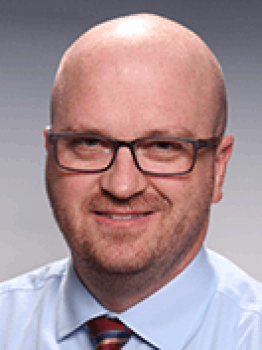
Jed Wolpaw MD, M.Ed is an Associate Professor at Johns Hopkins University School of Medicine in the department of Anesthesiology and Critical Care Medicine and residency program director for the 85 resident training program. He subspecializes in critical care and attends in the surgical ICUs and in the general adult ORs.
Jed graduated magna cum laude with a degree in History from Brown University. He then received a master’s degree in education at Harvard Graduate School of Education and taught high school history. Subsequently he transitioned to medicine, receiving his medical degree from the University of California San Francisco (UCSF) School of Medicine where he graduated AOA and was chosen to be the student commencement speaker. He stayed at UCSF to complete his Anesthesia residency. He then came to Johns Hopkins for a fellowship in Critical Care Medicine which he completed in 2015. After completing his fellowship Dr. Wolpaw joined the faculty at Johns Hopkins.
In addition to running the residency program he co-runs both the Anesthesiology clerkship and the ICU clerkship. He is the founder and host of Anesthesia and Critical Care Reviews and Commentary (ACCRAC), a podcast focusing on interesting topics in anesthesia and critical care which has more than 50,000 unique listeners each month in more than 100 countries around the world and more than 5 million total downloads.
Dr. Wolpaw has received numerous teaching awards including the Charles Beattie Teacher of the Year award twice, the most prestigious teaching award given by his department each year, and the resident advocacy award twice in recognition of his work advocating for resident well-being. He received the Lisa Heiser excellence in education teaching award from the Johns Hopkins School of Medicine in 2020. Dr. Wolpaw was chosen as one of the inaugural winners of the ASA/SEA Distinguished Educator Award, established in 2019 to honor significant contributions to anesthesiology education. In 2021 Dr. Wolpaw was chosen as the winner of the ASA Excellence in Anesthesia Education Award, the most prestigious national award in anesthesiology education. In 2022, Dr. Wolpaw was the recipient of the Association of University Anesthesiologists (AUA) Education Innovation Award.
Dr. Wolpaw’s research interests include resident well-being, asychronous methods of teaching and learning, and improving the way we teach our trainees. He speaks nationally and internationally about resident education, feedback, communication, and well-being. He is the immediate past chair of the resident education committee of the Society for Education in Anesthesia (SEA) and the president-elect of the Association of Anesthesiology Core Program Directors (AACPD).
Dr. Wolpaw is the proud father of 3 amazing daughters and husband to an incredible woman and physician. He is on twitter @jwolpaw and @accracpodcast.
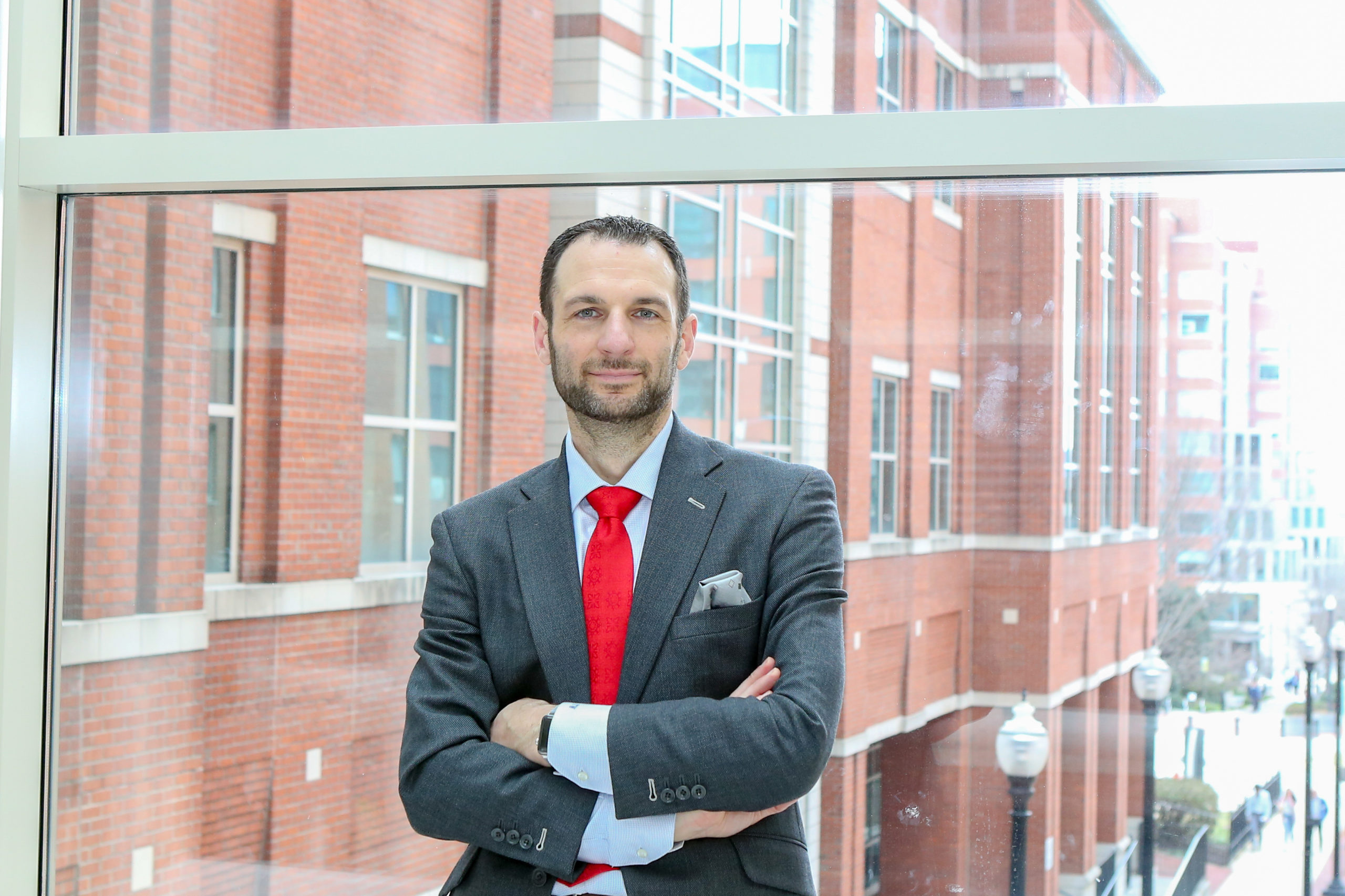
Dr. Harter served as the Jay Jacoby Chair of the Department of Anesthesiology at The Ohio State University from 2008 until 2022, and remains a member of the faculty there. He has served in a number of leadership roles in organized medicine, in particular with the American Society of Anesthesiologists. Dr. Harter currently serves as President-of ASA. Dr. Harter has been involved in a number of wellness activities, including representing ASA on the National Academy of Medicine’s Action Collaborative on Clinician Well-Being and Resilience from 2017-2020.
Dr. Guthrie received his undergraduate education at the University of Notre Dame, earning a B.S. in Biochemistry, magna cum laude. He then graduated cum laude from the Harvard School of Dental Medicine in 2012. After completing a General Practice Residency, Dr. Guthrie practiced general dentistry for five years before beginning his anesthesia training on Long Island. While a resident at Stony Brook, he was selected as chief resident in the class of 2021. Dr. Guthrie now resides in Louisville, KY, with his wife Katie and their four children. He joined SmileMD and provides office-based dental anesthesia services throughout the state Kentucky.
Dr. Katie Bradford is a dentist anesthesiologist currently in private practice near Nashville, TN. Born and raised in Cape Girardeau, MO, Dr. Bradford received her undergraduate degree in Interdisciplinary Studies with emphasis in Biology, Chemistry, and Mathematics/Physics from Southeast Missouri State University and her Doctor of Dental Surgery from Indiana University School of Dentistry. After graduation from IU, she completed a General Practice Residency at The Ohio State University prior to completing her anesthesia training, which included a Dental Anesthesia fellowship at Indiana University followed by a Dental Anesthesiology residency program at NYU Lutheran Medical Center in Brooklyn, NY. During her final year of training, Dr. Bradford also served as Chief Resident for her program.
After completing her training, Dr. Bradford moved with her husband, Ryan, to Tennessee to join Nashville Office-Based Anesthesia where she provides anesthesia services in the middle-Tennessee area. The Bradfords are proud parents to two rambunctious boys: three-year-old EJ and five-month-old Ollie. In her free time, Dr. Bradford enjoys spending time with her family, volunteering with her church, exploring the wineries of middle Tennessee, and attending concerts.
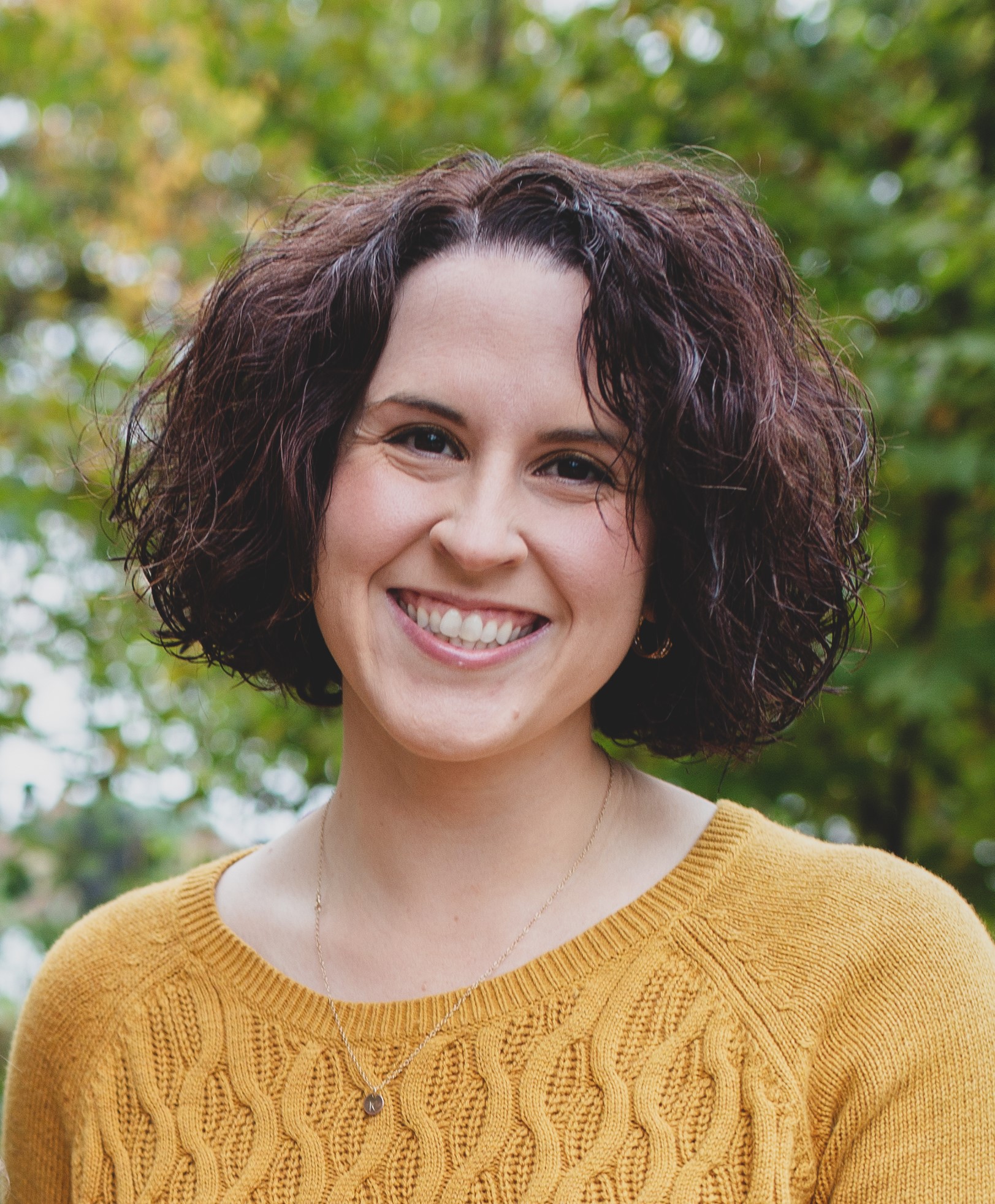
Dr. Alexi DeFreitas is currently in private practice in Dallas, Texas. She received her dental degree from Texas A&M College of Dentistry before completing her residency at the University of Pittsburgh School of Dental Medicine in 2020. Following residency she worked briefly in Seattle, WA providing anesthesia for pediatric patients, but ultimately decided to return to her home state to be closer to family. She is a diplomate of the American Dental Board of Anesthesiology and works as an associate at DFW Dental Anesthesia Specialists. Her passions include providing anesthesia for children and patients with special needs. Outside of anesthesia, Dr. DeFreitas enjoys traveling and spending time with her family (especially her two beloved nephews).
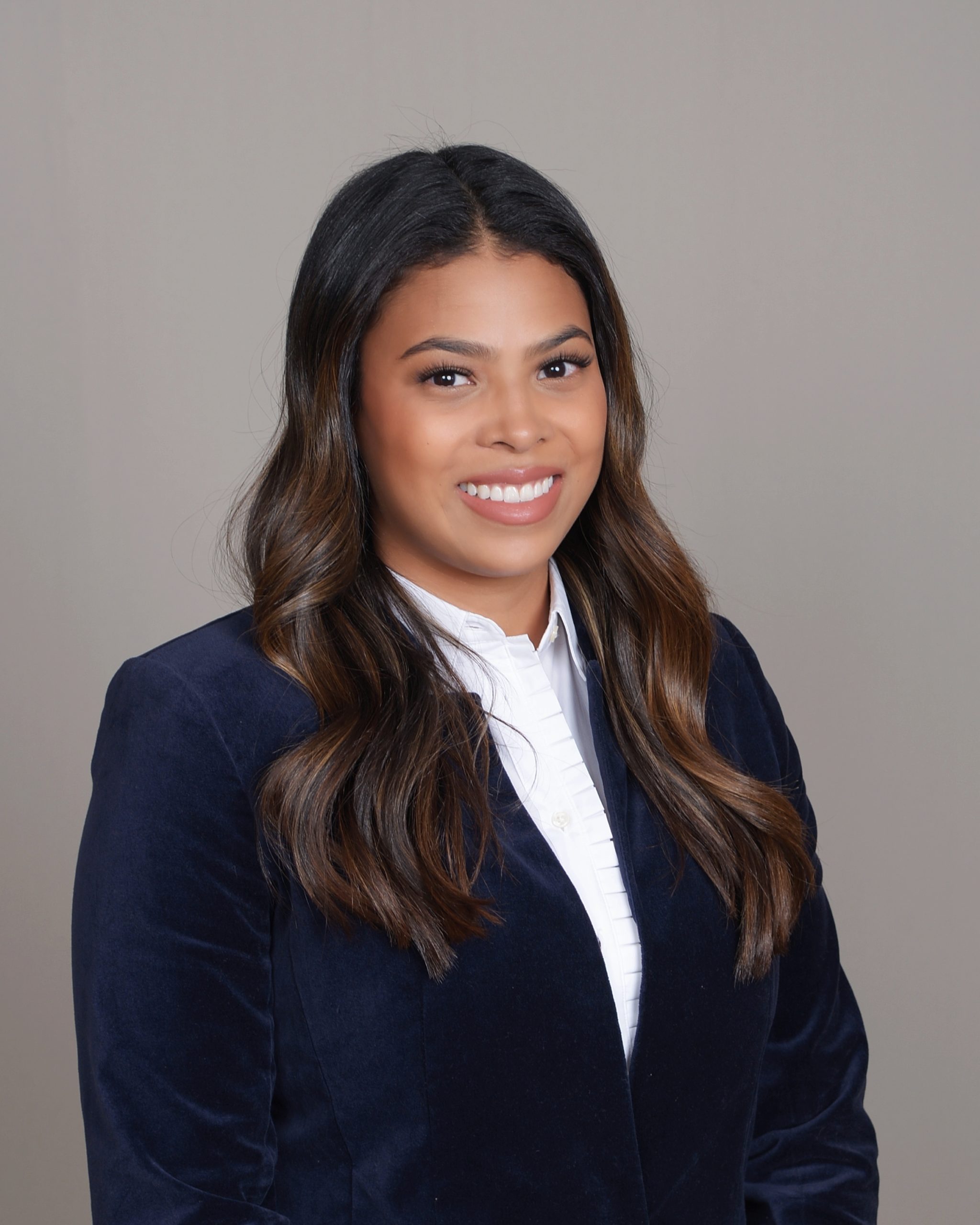
The Hands-on Difficult Airway Course will take 24 participants through a series of difficult airway management cases. Small group stations will allow for attendees to participate as the primary and/or secondary anesthesia provider during case simulation guided by course instructors.
Course Instructors:
Bryant Cornelius, DDS
Jesse Manton, DDS
Ryan Wu, DDS
Carilynne Yarascavitch, DDS, MSc, PhD
Dr. Jonathan Wong is a graduate of Southern Illinois University School of Dental Medicine. He completed his general practice residency at Saint John’s Mercy Medical Center in St. Louis and an oral surgery externship at Banner Good Samaritan Hospital. He then went on to complete his anesthesia residency at Stony Brook Medical center. Dr. Wong is now in private practice and is the founder of Coastal Pediatric Dental and Anesthesia in Norfolk, VA.
He is a patient safety advocate whose national lectures include topics such as surgical airway techniques, simulation training, sedation and anesthesia regulations, including NFPA 99 and the ADA’s Management of Sedation Complications.
Dr. Wong is a Diplomate of the American Dental Board of Anesthesiology and serves on the Board of Directors for the American Society of Dentist Anesthesiologists.
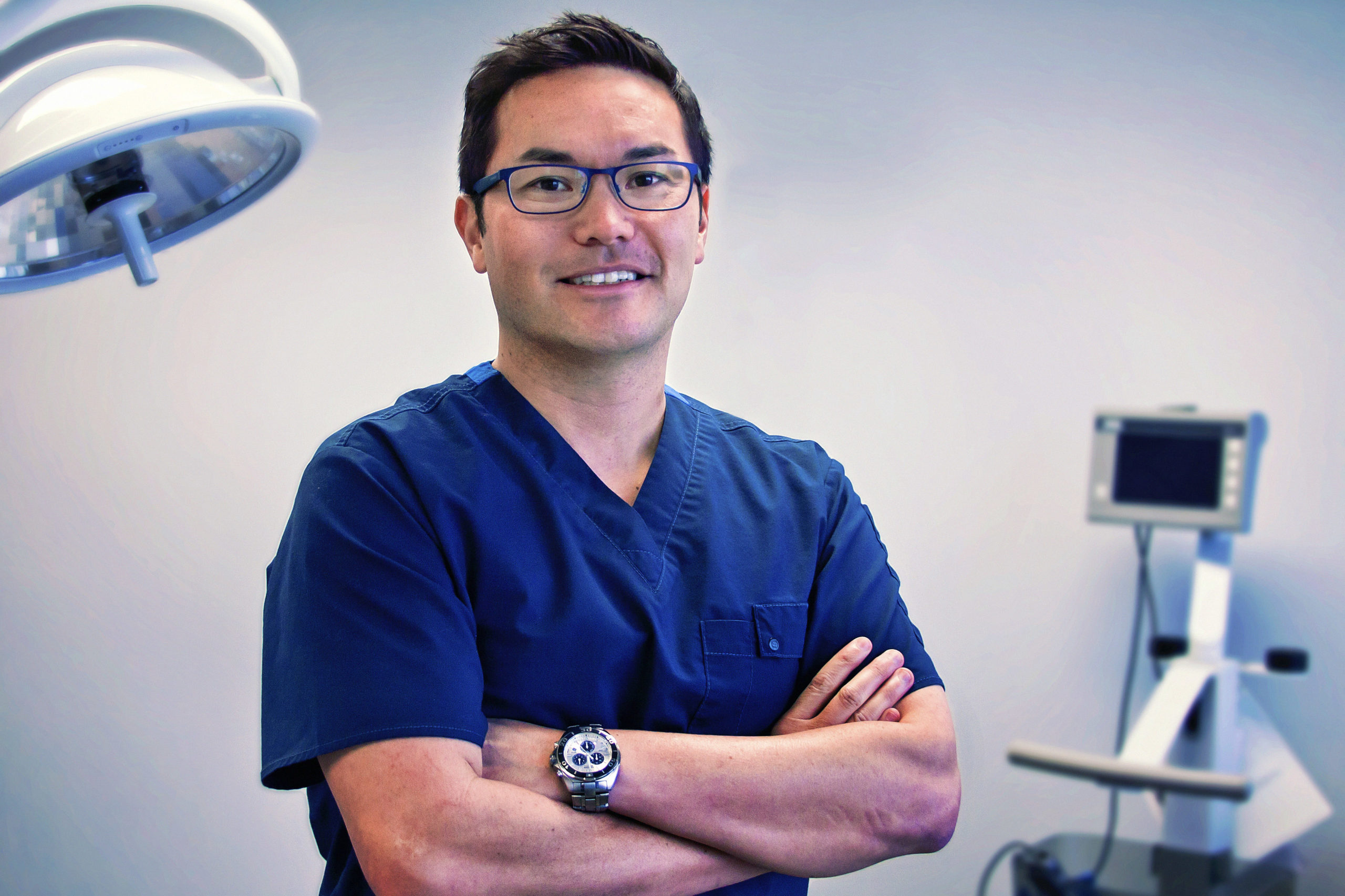
Dr. Messieha received his DDS degree from Ohio State University. He then completed a General Practice Residency at the College of Virginia Medical Center and McGuire VA Medical Center in Richmond, VA. From There he went to Long Island Jewish Medical Center where he completed a residency in Anesthesiology. After working in an office-based practice for a year, Dr. Messieha went to the University of Illinois at Chicago where he worked full-time between the College of Dentistry and the Anesthesiology Department at the University Hospital.
Dr. Messieha has lectured nationally and internationally on Anesthesiology and Pain Anxiety Control. He has several published papers and abstracts. After spending over 21 years as an educator, Dr. Zak Messieha retired as Professor of Clinical Anesthesiology both at the College of Medicine and the College of Dentistry in December of 2017.
Dr. Messieha has filled leadership positions at the national and state and is the current President American Society of Dentist Anesthesiologists. He is also a Fellow in the American College of Dentists, and the International College of Dentists. Dr. Zak Messieha publishes in peer-reviewed scientific journals and lectures nationally and internationally on topics related to anesthesia care as well as medical risk assessment. He has received several recognitions from various organizations for his contributions.

Degrees
Doctor of Medicine
Emory University
Atlanta, Georgia
Bachelors of Science
Tulane University
New Orleans, Louisiana
Bio
Residency
Charity Hospital
Louisiana State University
Clinical Interests
-Technical aspects of central venous cannulation success & safety
– New ways of avoiding inadvertent dural puncture during spinal-epidural anesthesia
– Ultrasound for assessing quantity & nature of stomach contents
Selected Publications
Riopelle J, de Lanzac K & Thomas M, Anesthesia, Chapter in in O’Leary JP (ed), The Physiologic Basis of Surgery Baltimore, 3d Edition: Williams & Wilkins, pp. 602 – 617, 2002.
Riopelle J, Use of ultrasound to control depth of needle insertion [letter-to-the-editor]., Reg Anes Pain Med 26:384-5, 2001.
Riopelle J, Busch E, Wood DG, Viswanathan S, Mitchell MR, Celentano WJ, Eyrich JE, Rigol JA, Ferlita MA & Miller M, Ultrasound-guided internal jugular cannulation: an introduction for non-radiologists to a tecnique that is here to stay., J La State Med Soc 153:142-152, 2001.
Riopelle J, Stroke from mistaken carotid puncture promotes interest in neck vein finders: small ultrasounds believed affordable. [letter-to-the editor], Anesthesia Patient Safety Foundation Newsletter Fall, 2000.
Riopelle J, Mitchell M, Viswanathan S, Campbell C, Use of a Rod/Sleeve System for Double- to Single-Lumen Tracheal Tube Exchange [letter-to-the-editor]., Anesthesia & Analgesia 87:744, 1998.
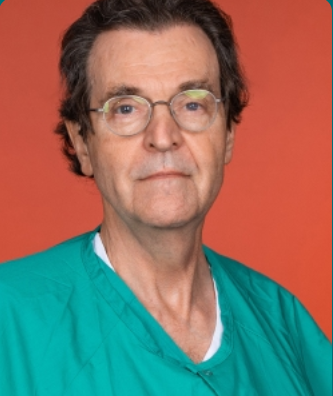
Amanda Kowalski is a Certified Registered Nurse Anesthetist in the University of Pittsburgh Medical Center. She obtained her undergraduate Bachelor of Science degree in Nursing at the University of Pittsburgh, graduating Magna Cum Laud with distinction.
She worked for over three years caring for critically ill patients in a 32-bed Medical Intensive Care Unit before returning to school for her anesthesia degree.
During her nurse anesthesia education at the University of Pittsburgh, Dr. Kowalski was extensively involved in research surrounding emergence delirium prevention in patients with PTSD at the VA Pittsburgh Healthcare System alongside her team members.
Completion of her DNP Project involved creation of a protocol for these patients regarding medication management that became a standard of care at this facility. Her work in this area also included invitations to present at the Association of Veteran’s Affairs
Nurse Anesthetists Annual Conference in New Orleans, as well as the UPMC Nurse Anesthesia Conference at Nemacolin Resort as a sponsored student speaker.
Dr. Kowalski is an active member of Sigma Theta Tau Nursing Honor Society, Eta Chapter, and is an active associate member of both the American Association of Nurse Anesthetists, and the Pennsylvania Association of Nurse Anesthetists.
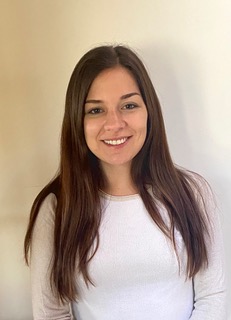
Dr. Miketic has been an academic pediatric anesthesiologist at Nationwide Children’s Hospital in Columbus, OH since 2016. She completed her anesthesiology residency at the University of Nebraska Medical Center in Omaha, NE in 2014 and her pediatric anesthesiology fellowship at the Children’s Hospital of Wisconsin in Milwaukee, WI in 2015. As the Director of Resident and Student Education for the Department of Anesthesiology & Pain Medicine, her primary focus is on the clinical education of budding physicians. In addition to her educational role, Dr. Miketic is a member of the Solid Organ Transplant Anesthesia team and the Core Competency Committee for the pediatric anesthesiology fellowship. In her free time, she is an avid golfer, has a love/hate relationship with just about all racquet sports and stays true to her Canadian roots by snowboarding in the winter.
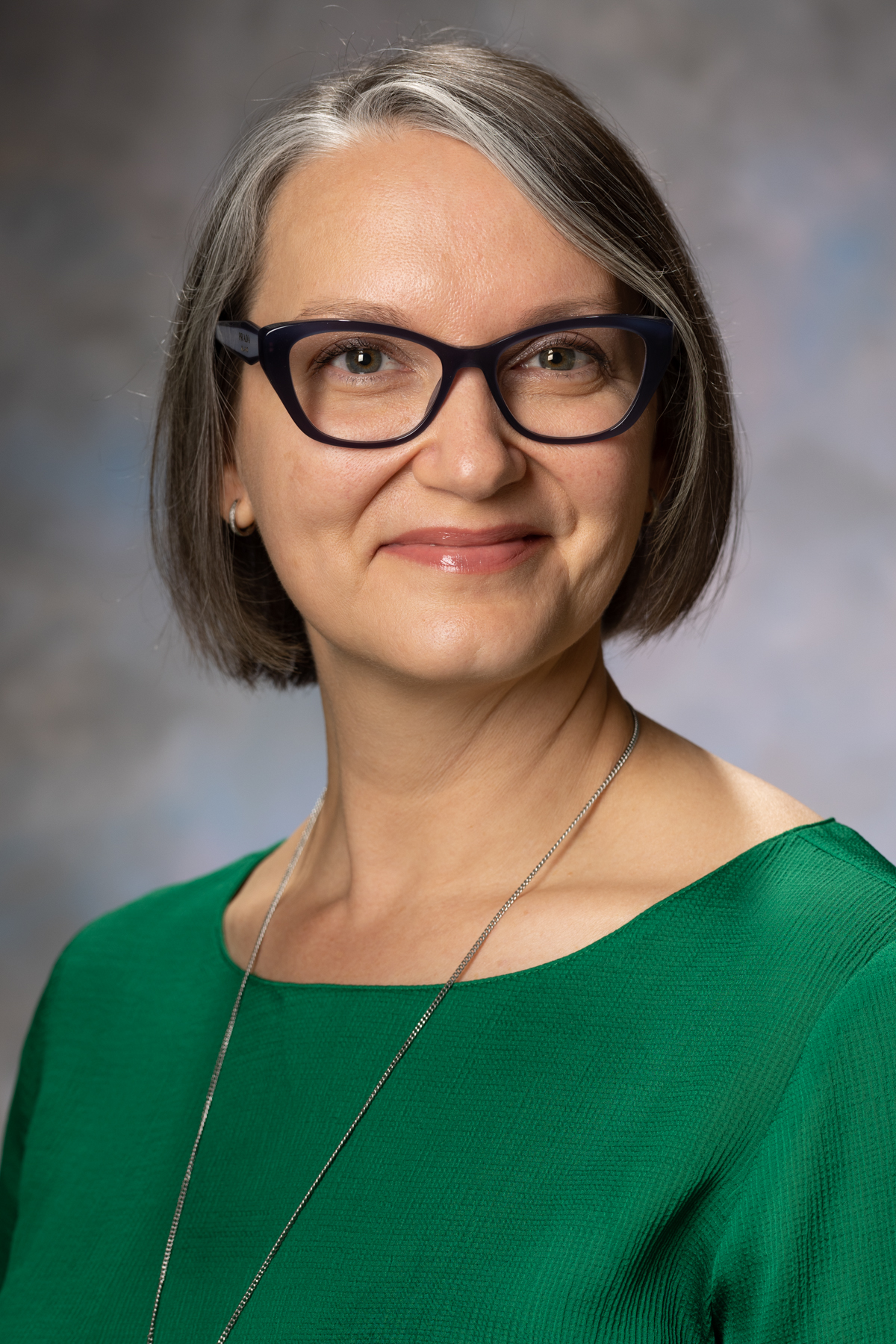
Dr. Boorin is a graduate of the University of Connecticut, School of Dental Medicine and completed his two year dental anesthesiology residency at Long Island Jewish Medical Center. His practice of dental anesthesiology has included a full-time hospital practice of anesthesiology at Long Island Jewish Medical Center for thirteen years and a private office-based dental anesthesiology practice since 2003 caring for pediatric, adult, and special need patients. Dr. Boorin is an attending dentist anesthesiologist at Stony Brook School of Dental Medicine and Stony Brook University Hospital where he is actively engaged in the clinical and didactic educational program for the Stony Brook Dental Anesthesiology Residency. Dr. Boorin is a current board member and serves as treasurer for the American Dental Board of Anesthesiology. He is a member of the anesthesia committee for the Global Smile Foundation and has provided anesthesia services in Ecuador through this organization for children with cleft lip and palate deformities as well as dental disease and other facial disorders.
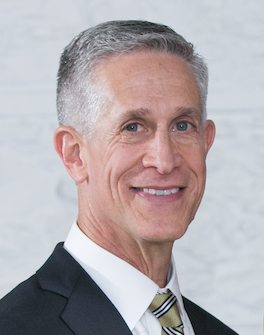
Dr. Heaton is a graduate from the first accredited dental anesthesiology program in the United States. He became actively involved with anesthesia early in his dental school training and carried that love for anesthesiology on into residency. His training included a year of hospital anesthesia under the direction of The Ohio State Medical Center in Columbus, Ohio. He also received one on one instruction from some of the leading names in Dental anesthesia including specialty training specific to the fields of pediatrics, oral surgery, endodontics, and special needs. Dr. Heaton is board certified by the American Dental Board of Anesthesiology. Dr Heaton owns and operates one of the largest dental anesthesia companies in the United States. Dr. Heaton fills what little free time he has with family. He and his wife have seven children. His hobbies include sports and outdoor activities.
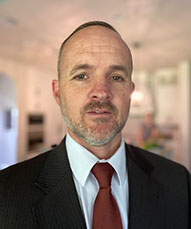
Dr. Quinn is a full-time faculty member of the UCLA School of Dentistry and provides in-office anesthesia services as part of her faculty responsibilities. She received her D.D.S. degree from the University of Southern California School of Dentistry in 1987 and obtained her MS and training in dental anesthesiology in 1989 from the Ohio State University College of Dentistry. Dr. Quinn is currently a Clinical Professor of Dental Anesthesiology in the Division of Diagnostic and Surgical Sciences at the UCLA School of Dentistry, Coordinator of Anesthesia and Pain Control, and former Director of the Dental Anesthesiology Residency Program. She is actively involved with both didactic and clinical teaching at the predoctoral and postdoctoral levels at the UCLA School of Dentistry. Dr. Quinn is an in-office examiner for the State of California for general anesthesia. She is a Past President of the American Society of Dentist Anesthesiologists, serves on the Board of Directors for the California Dental Society of Anesthesiology and is a member of the American Dental Society of Anesthesiology. Dr. Quinn is a Diplomat of the American Dental Board of Anesthesiology and has served as Vice President and Secretary of the American Dental Board of Anesthesiology. Besides being actively involved in research on pain and anxiety control, Dr. Quinn has been providing hospital and office-based anesthesia services for dental patients since 1989.
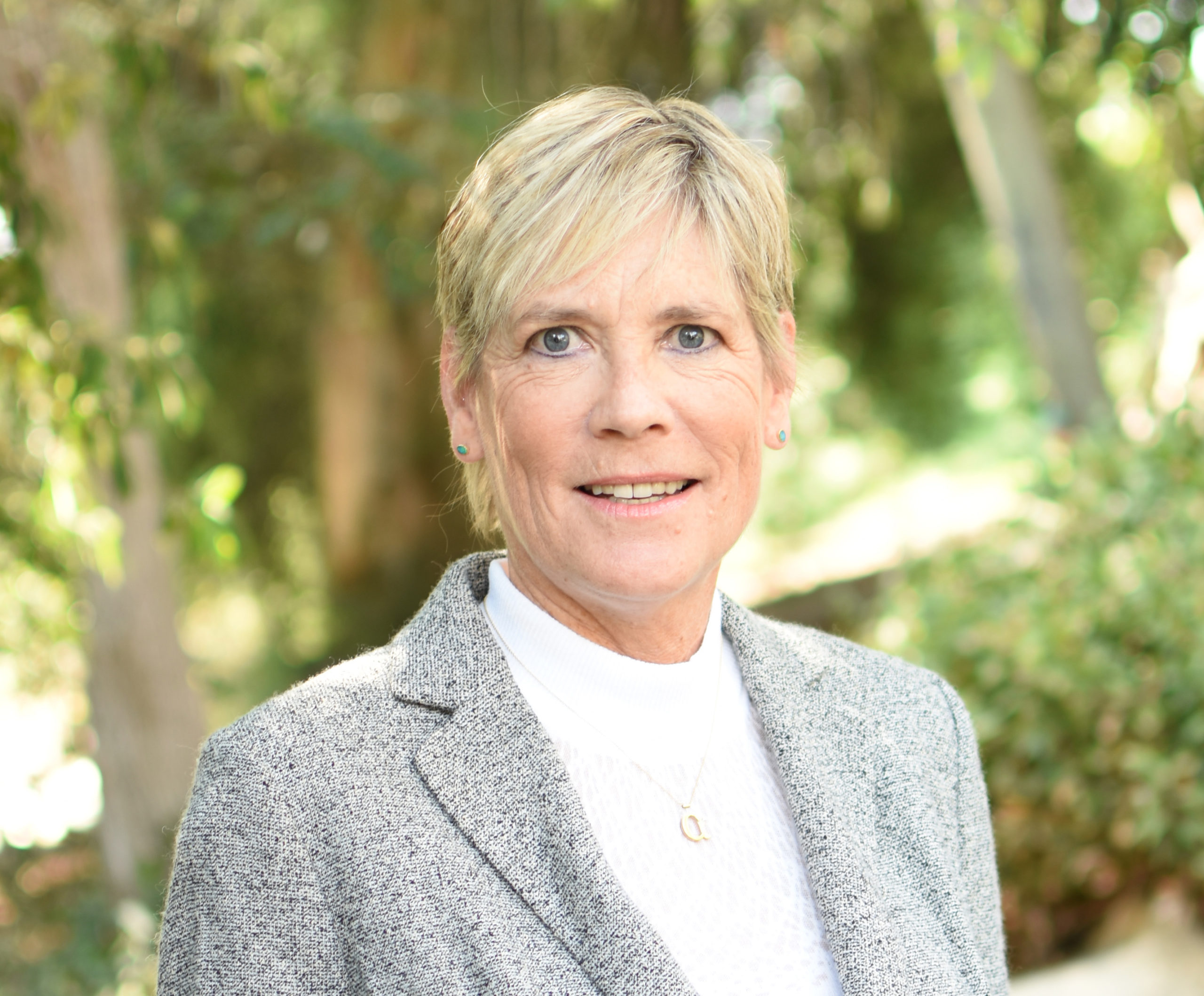
Dr. Manton is a board-certified Dentist Anesthesiologist who is an assistant professor in the Department of Oral & Maxillofacial Surgery at the University of the Pacific Arthur A. Dugoni School of Dentistry (UOP) in San Francisco. He received his D.D.S. from UOP in 2014 and went on to complete a General Practice Residency at VA Palo Alto Health Care System and Stanford Hospital in the year to follow. Dr. Manton pursued a post-graduate fellowship in Advanced Clinical Simulation through the Departments of Anesthesiology and Perioperative Care at the University of California and VA San Francisco Medical Centers. He subsequently completed the 36-month Dental/Maxillofacial Anesthesiology residency program as The Ohio State University (OSU) Wexner Medical Center in Columbus, OH. He concurrently completed a Master of Science degree at OSU through the College of Dentistry with a focus on perioperative medical emergency management and training. He was hired out of residency with a dual appointment as a faculty anesthesiologist in the College of Medicine, Department of Anesthesiology, and College of Dentistry, Division of Oral & Maxillofacial Surgery and Dental Anesthesiology. He returned to his Alma Mater, UOP, in 2020 where he developed and helps direct a 2-OR SurgiCenter, is director of a recently revamped Medical Emergency Response Team (ERT) program and takes pride in bringing cutting-edge content and innovative training programs to students, residents and faculty on content related to his areas of expertise. He is also an American Heart Association Advanced Cardiac Life Support and Basic Life Support Course Instructor.
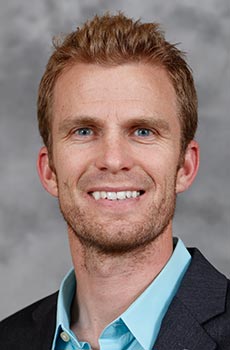
Dr. Cara Riley is an Associate Professor of Anesthesiology at Children’s Hospital Colorado and the University of Colorado School of Medicine, where she has worked for over ten years. She completed her undergraduate training at Georgetown University and worked for Under Armour for three years prior to attending Harvard School of Dental Medicine. Following dental school, Dr. Riley completed her dental anesthesiology residency at The Ohio State University, where she also received her master’s degree. She is a Diplomate and Immediate Past President of the American Dental Board of Anesthesiology and is a consultant to the Colorado State Board of Dentistry regarding sedation and anesthesia. Dr. Riley grew up in coastal Maine, and now happily resides in Denver with her family and hound dog.

Brian Blasiole, MD, PhD is a staff anesthesiologist at UPMC Children’s Hospital of Pittsburgh (CHP). His specialties include Pediatric Anesthesia, Congenital Cardiac Anesthesia, and Anesthesia for Pediatric Transplantation (heart, lung, and visceral organs). He is also the Medical Director for Sedation Services and Off-Site Anesthesia, overseeing all of the anesthesia and sedation outside of the main operating rooms at CHP. His research has spanned clinical studies on medications used on cardiopulmonary bypass and applications for dexmedetomidine in diagnostic radiology studies and non-invasive cardiac imaging.
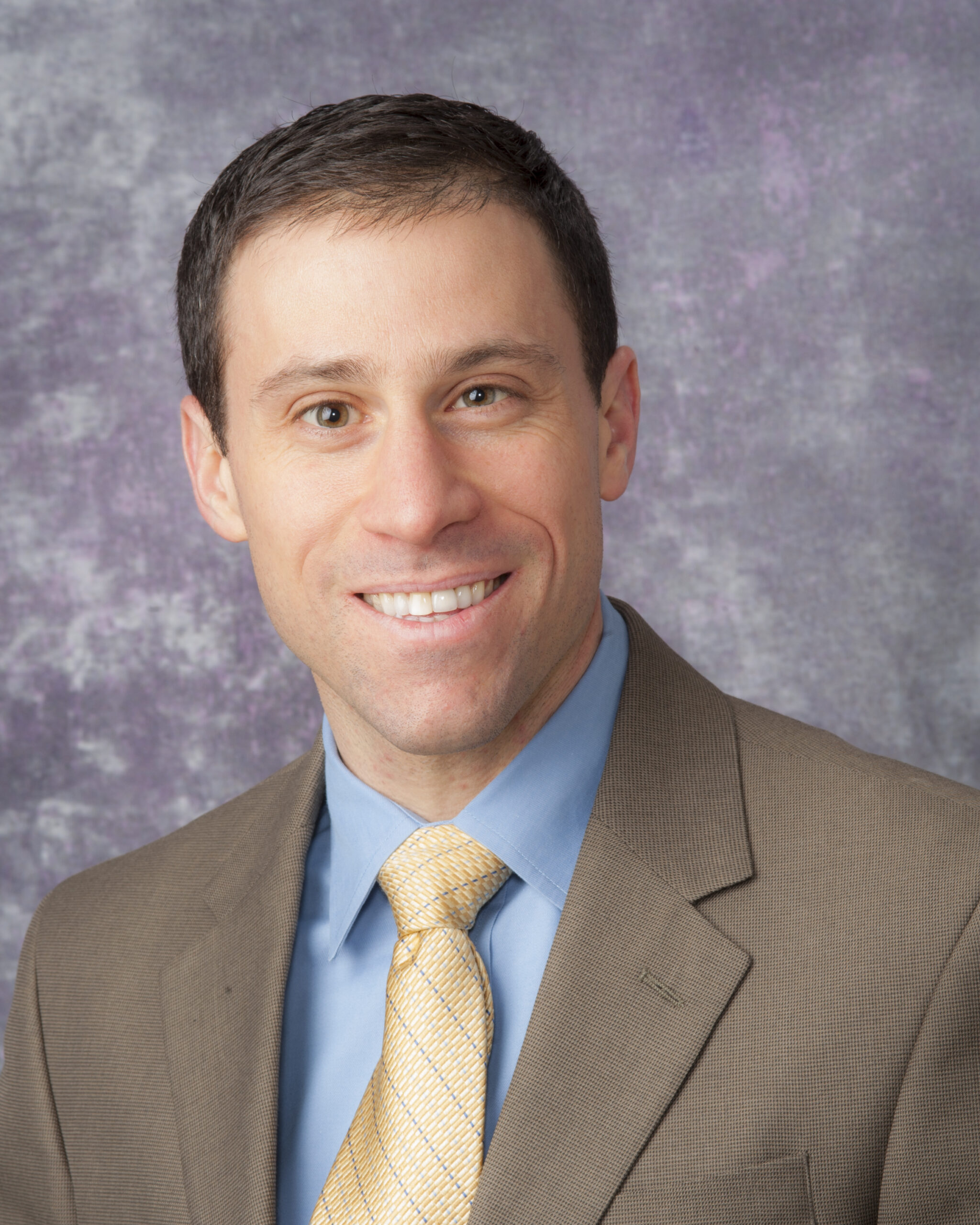
Dr. Lau is an Associate Professor in Clinical Anesthesiology at the Keck School of Medicine, USC and was the program director for the pediatric anesthesiology program at Children’s Hospital Los Angeles (CHLA) for 7 years. After completing anesthesiology residency at Massachusetts General Hospital, Dr. Lau completed pediatric anesthesiology fellowship at CHLA. Working to develop better pediatric anesthesiologists and physicians has been a core tenet of her work. She believes that mentorship and learning in a safe environment are the key components for physicians to be the best version of themselves which led to her work in diversity, equity, and inclusion (DEI). She is Co-Director of ACCM Diversity, Equity, and Inclusion and co-chair for the DEI subcommittee for Graduate Medical Education at CHLA also serves on the SPA DEI Committee and SEA DEI Taskforce.

David K. Lam, MD, DDS, PhD, FRCDC, FACS serves as Professor and Chair of the Department of Oral and Maxillofacial Surgery at the University of the Pacific. He is also the Dr. T. Galt and Lee DeHaven Atwood Endowed Professor in Oral and Maxillofacial Surgery, and the Associate Dean for Medical Integration. Dr. Lam specializes in the comprehensive surgical management of patients with cancer, pathology, and trigeminal nerve injury. His research and clinical programs are closely integrated, and his research addresses the challenges he faces in the clinical management of oral and maxillofacial surgery patients. He obtained his DDS with Honors from the University of Toronto and subsequently obtained a PhD in the Collaborative Program in Neuroscience and Oral & Maxillofacial Surgery Specialty Certificate from the same institution. He earned his MD from the University of California, Davis and completed a Postdoctoral Neuroscience Research Fellowship, as well as a Surgical Fellowship in Maxillofacial Oncology and Reconstructive Surgery at the University of California, San Francisco. He is a Diplomate of the American Board of Oral & Maxillofacial Surgery, Fellow (OMFS) in the Royal College of Dentists in Canada, and a Fellow of the American College of Surgeons. His funded research focuses on the diagnosis and management of pathology, nerve injury, and pain. In addition to funding on research, education and training grants, Lam has published and presented internationally, nationally and locally on a variety of topics relevant to his research and clinical interests.
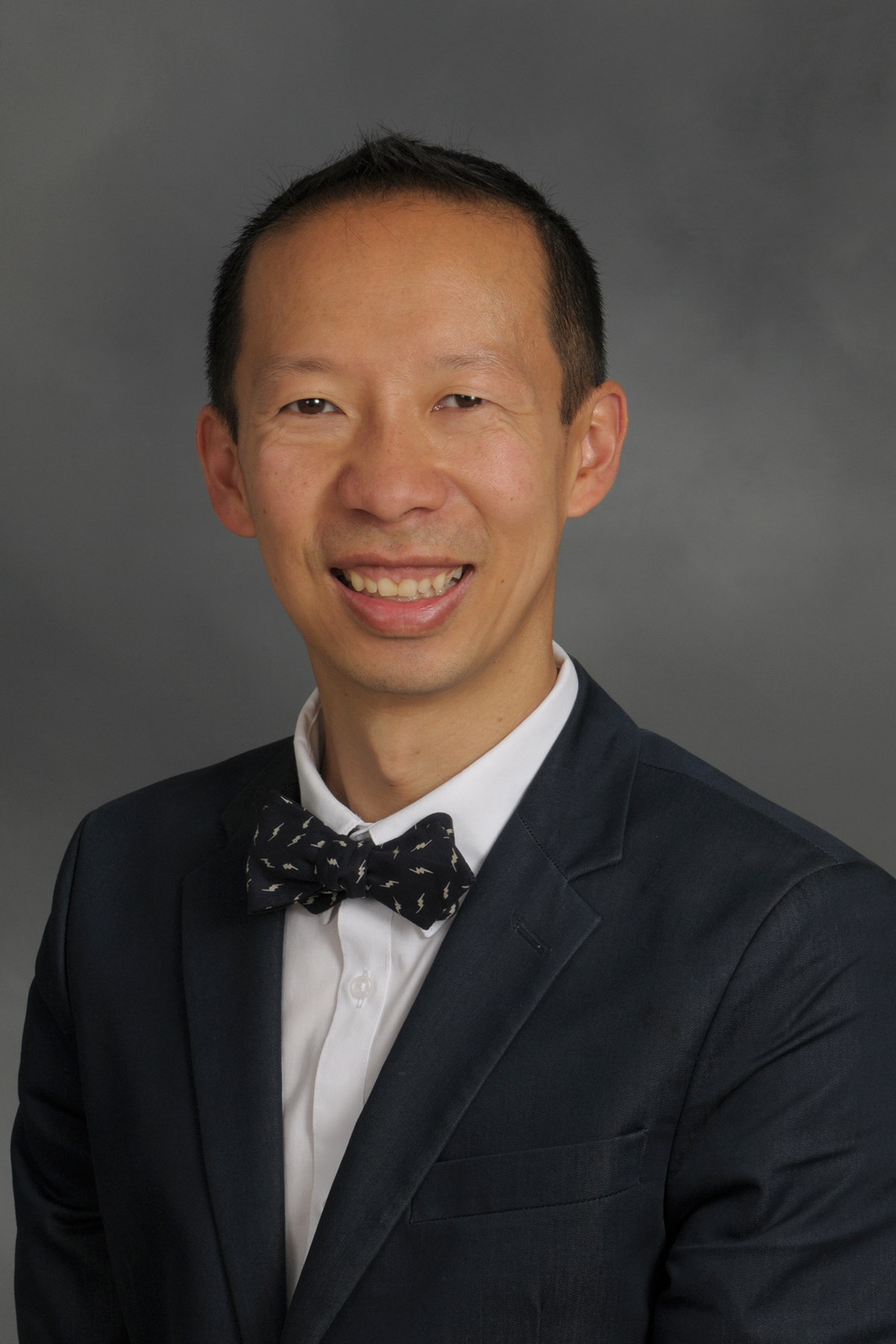
Dr. Braxton M. Henderson is a Board-Certified Diplomate of the American Dental Board of Anesthesiology. This credential is the highest level of anesthesia training that can be achieved in dentistry.
Dr. Braxton M. Henderson is a native of Memphis, TN. He received his bachelor’s degree from the University of Pittsburgh with a major in Biological Sciences. He earned his Doctor of Dental Medicine degree from the University of Pittsburgh and completed extensive training in a three-year postdoctoral anesthesia residency program at the University of Pittsburgh Medical Center.
Dr. Henderson founded Southern Office-Based Anesthesia to increase access to high quality and comfortable dental care for all patients.
Dr. Henderson is exceptionally well-trained at providing all levels of anesthesia so that your dentist can fully focus on your dental surgical procedure. This allows for a safer, more predictable, and comfortable experience for both the patient and the dentist.
Dr. Henderson’s passion is to increase the safety of anesthesia in the field of dentistry. He enjoys educating dental students, residents, and dental providers on all subjects related to sedation/anesthesia. Dr. Henderson has lectured extensively to many dental societies and organizations on topics such as conscious sedation, medical emergencies, office-based anesthesia, management of the medically complex dental patient, and more.
Dr. Henderson and his wife, Chalis, are happily married and have three sons named Silas, Aldon, and Owen. In his free time, Dr. Henderson enjoys exercising, reading, traveling, and smoking meats.
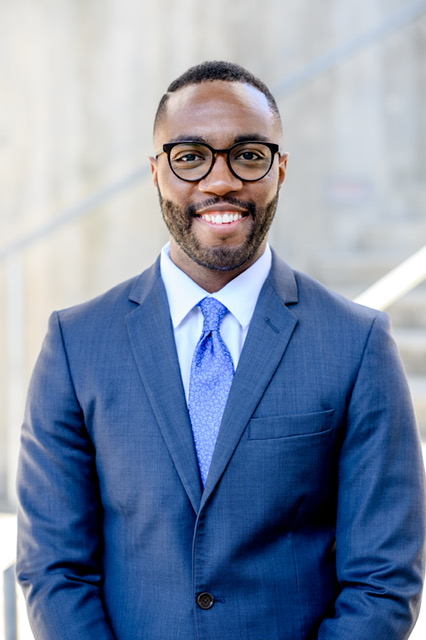
Dr. Jacobs’ educational and training qualifications include: Bachelor of Science degree in pharmacy in 1974, Doctor of Pharmacy (PharmD) in 2003, Dental degree at the Iowa College of Dentistry and University of Iowa Hospitals Certificate of Residency in Anesthesiology in 1980.
Dr. Jacob’s education and training earned her the opportunity for various hospital appointments in the department of Anesthesiology including department chair. She received dual appointments in both the College of Medicine Department of Anesthesiology and the College of Dentistry at Oral Roberts University and was a principal anesthesia educator for medical and dental doctoral, post-doctoral students, and residents.
In 1990, the original charter of the Society included the name of Dr. Lois Jacobs. She was elected secretary/historian of the society at its initial meeting and served in that capacity for 3 years. In 1993, she participated in the first draft application for specialty recognition to the American Dental Association (ADA).
During this same time, she was individually defending her academic accomplishments and titles to exercise her constitutional right to advertise her credentials and training as a dentist anesthesiologist. The Oklahoma Board of Dentistry aided by the general counsel of the ADA attempted to revoke her license to practice. Dr. Jacobs’ success in that litigation defended the “right” for dentist anesthesiologists to so self-declare publicly. This early legal victory was an important milestone for dentist anesthesiologists. The success obtained in the Jacobs’ case foreshadowed by 25 years a similar victory affirmed by the 5th Circuit Federal Appeals Court (5th Circuit) styled: The American Academy of Implant Dentistry, ASDA, Jarom Heaton, DDS, MS et al. vs. The Texas Board of Dentistry, et al.
After forty-one years of continuous effort on the State and National levels, Dr. Jacobs completed her Oklahoma Board of Dentistry specialty application in December of 2021, receiving the second specialty license issued in Oklahoma.
Dr. Jacobs has maintained continuous membership in the Society since its inception, has been active at all meetings, and has actively participated to further the goals of the ASDA.
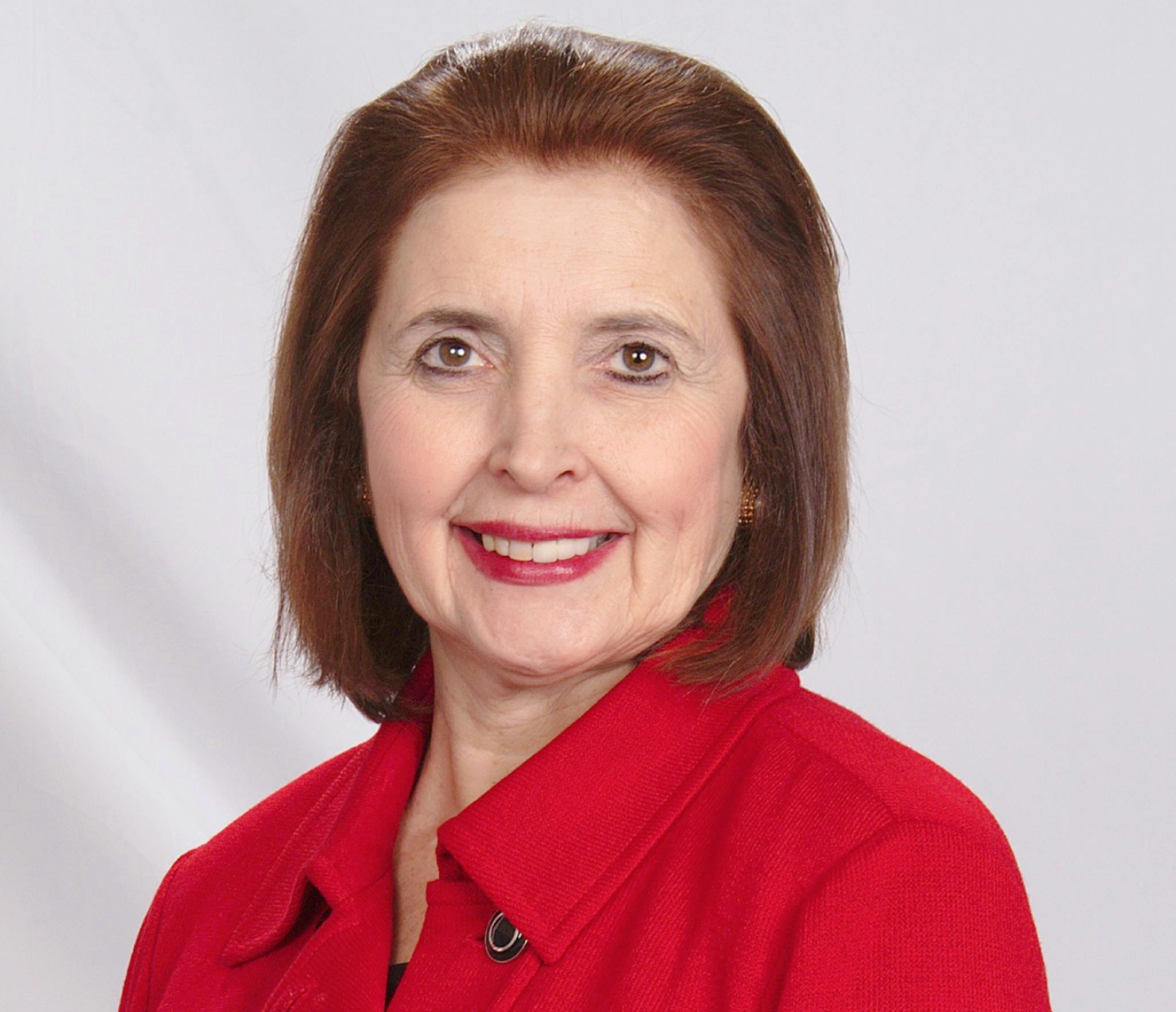
This Session is currently sold out.
Please use the link below to be added to our waiting list for any cancellations or additional openings.
If you have any questions, please contact ebaker@asdahq.org.
The waitlist form should open in a new window, if you are not redirected, please copy and past the link below:
Meeting materials will be made available within within 24 hours of the General Assembly meeting.
Registration for this Session is closed.